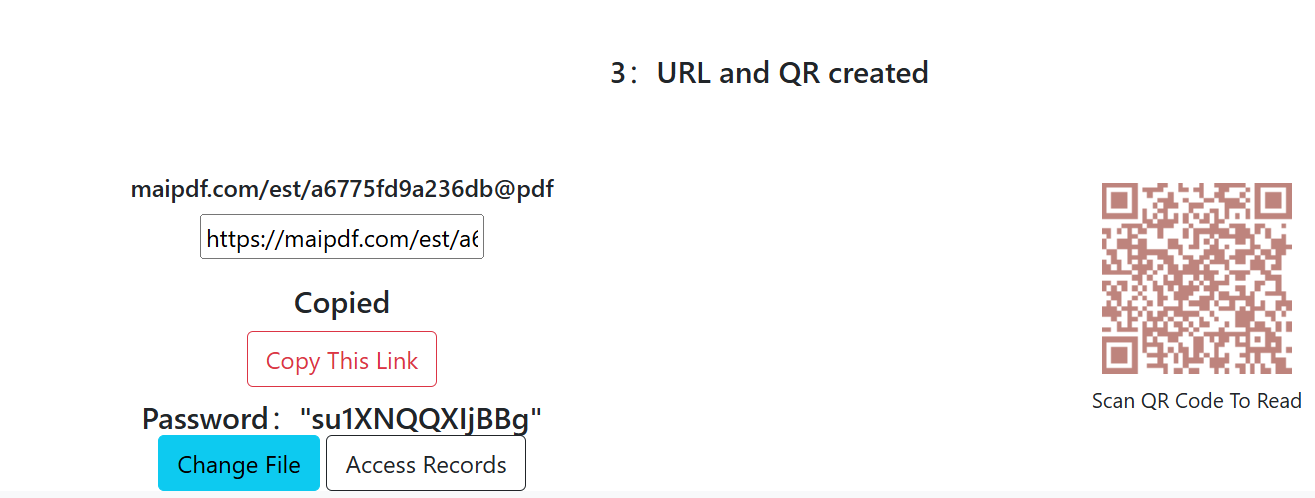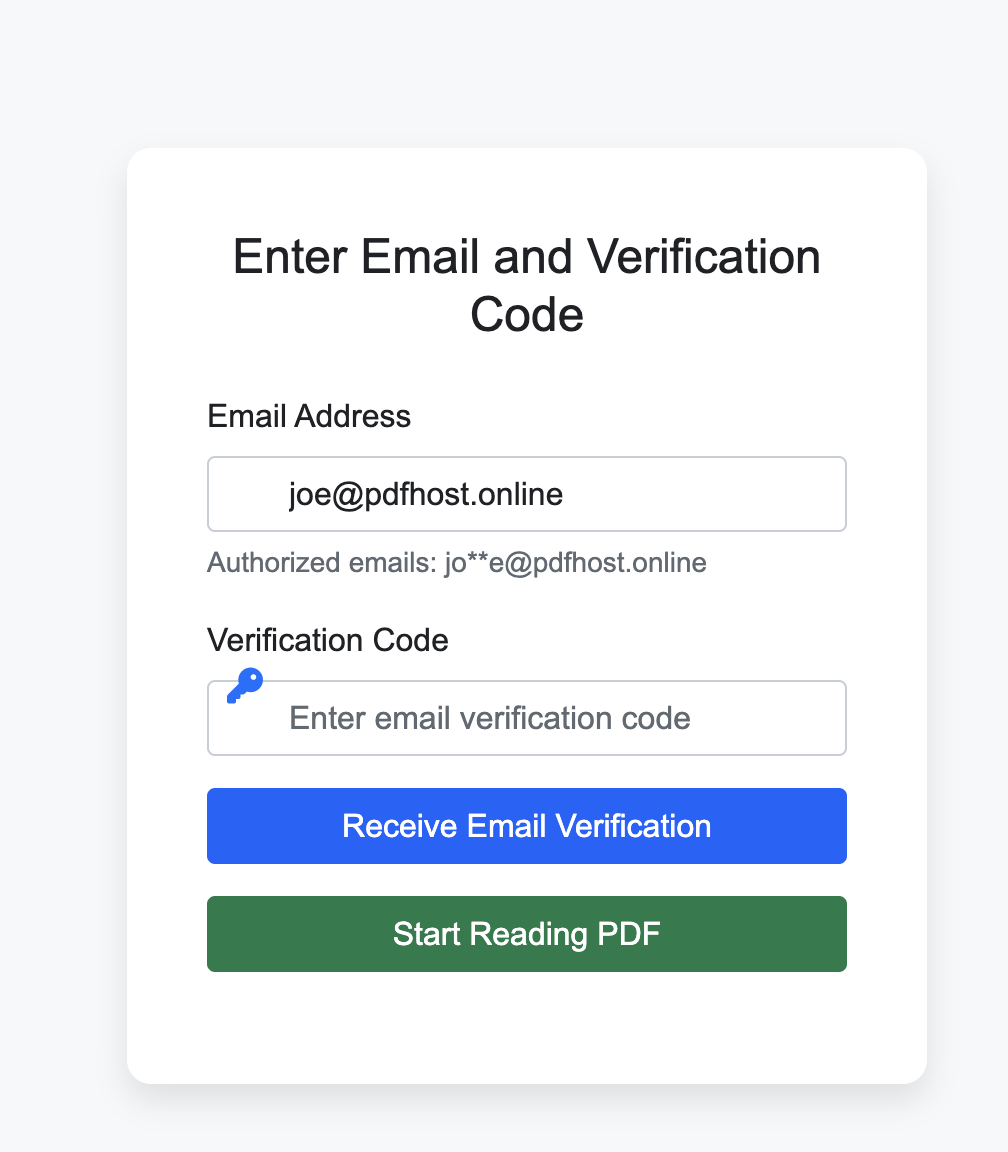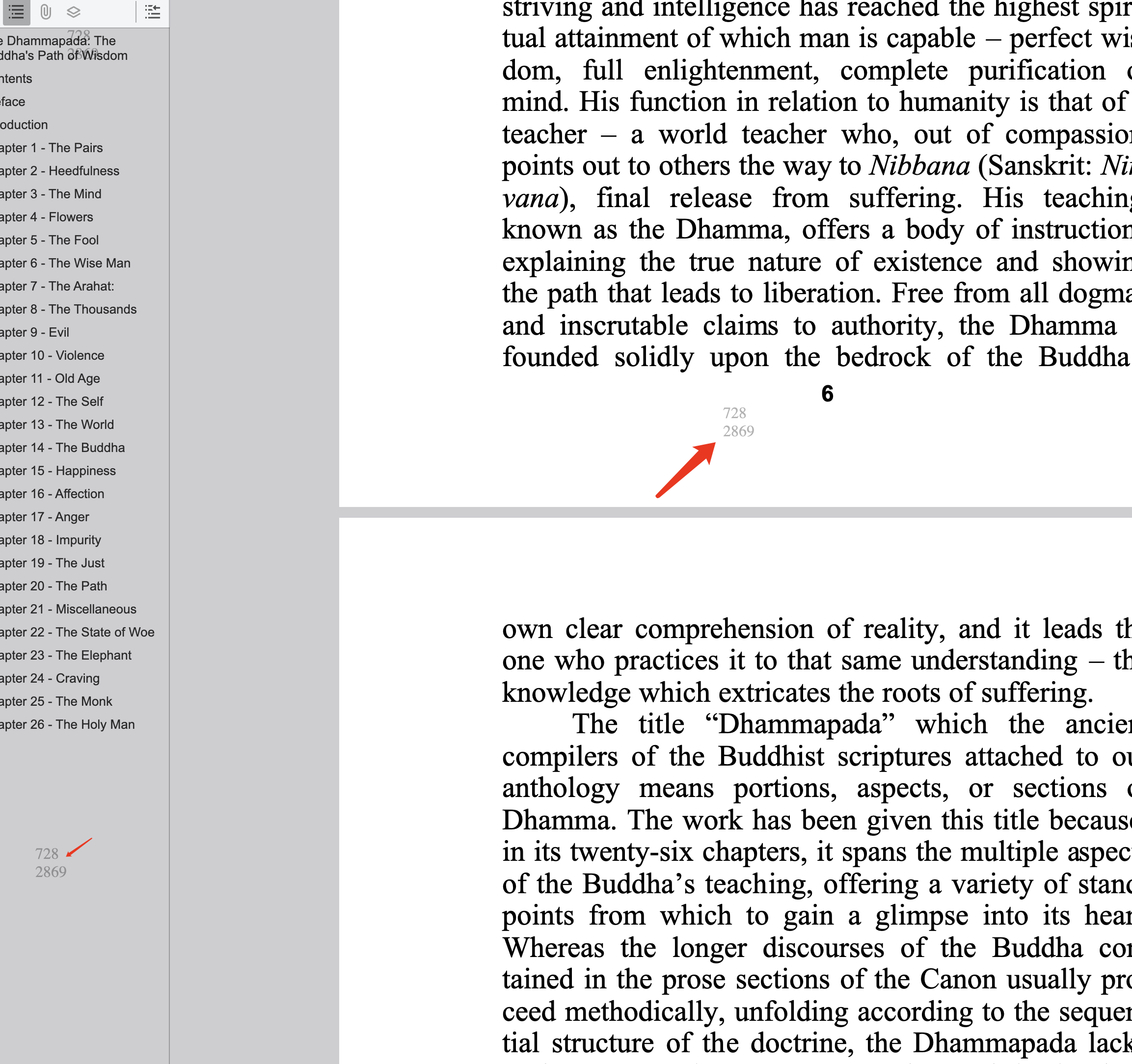QR Code PDF Sharing: Instant Access, Maximum Security
QR codes have transformed how we share and access information. When combined with secure PDF technology, they create powerful opportunities for instant, controlled document distribution that works seamlessly across all devices.

Why QR Codes Are Perfect for PDF Sharing
Instant Access
- No typing long URLs or sharing links manually
- Works on any smartphone or tablet with a camera
- Instant scanning and document access
- No app downloads required
Enhanced Security
- Combines the convenience of QR codes with PDF security
- All MaiPDF security features work with QR code access
- Easy to control who can scan and access documents
- Trackable access patterns and analytics
Professional Presentation
- Clean, modern way to share documents
- Perfect for business cards, presentations, and events
- Can be printed on any material or surface
- Customizable design and branding options
Practical Use Cases for QR Code PDF Sharing
Business and Professional Settings
Conference Presentations
- Share presentation slides instantly with attendees
- Provide supplementary materials and resources
- Enable real-time access during presentations
- Track engagement and follow-up interest
Business Networking
- Include QR codes on business cards for portfolios
- Share company brochures and product catalogs
- Provide instant access to detailed proposals
- Enable professional document exchange at events
Training and Education
- Distribute training materials in workshops
- Share course handouts and reference materials
- Provide instant access to certification documents
- Enable mobile-friendly learning resources

Marketing and Sales Applications
Product Documentation
- Include QR codes on product packaging
- Share detailed specifications and manuals
- Provide multilingual documentation options
- Track customer engagement with materials
Real Estate and Property
- Share property brochures and floor plans
- Provide virtual tour links and documentation
- Include property history and inspection reports
- Enable instant access during property visits
Restaurant and Hospitality
- Digital menus with QR code access
- Wine lists and detailed descriptions
- Special event information and booking forms
- Customer feedback and review collection
Technical Implementation Guide
Creating Effective QR Codes
Size and Placement Considerations
Minimum QR Code Sizes:
- Business cards: 0.8 x 0.8 inches
- Flyers/posters: 1.5 x 1.5 inches
- Presentations: 2 x 2 inches minimum
- Large displays: 4 x 4 inches or larger
Design Best Practices
- Use high contrast colors (black on white works best)
- Ensure adequate white space around the code
- Test scanning from typical viewing distances
- Include clear instructions for scanning
Error Correction Levels
- Low (L): 7% error correction - use for clean environments
- Medium (M): 15% error correction - standard recommendation
- Quartile (Q): 25% error correction - for challenging conditions
- High (H): 30% error correction - maximum durability
Security Integration
Combining QR Codes with Security Features
- Email verification before document access
- Time-based expiration for event-specific sharing
- View limits for exclusive or limited content
- Geographic restrictions for location-based events
Access Control Strategies
- Generate unique QR codes for different audiences
- Use different security levels for various document types
- Implement tracking to monitor scanning patterns
- Set up notifications for QR code access attempts

Advanced QR Code Strategies
Multi-Document Campaigns
- Create QR code families for related documents
- Use consistent branding across multiple codes
- Implement progressive document access (scan multiple codes for complete content)
- Track user journeys across multiple documents
Dynamic Content Updates
- Update document content without changing QR codes
- Provide real-time information updates
- Schedule content changes for time-sensitive materials
- Maintain QR code validity across content revisions
Integration with Physical Materials
Print Design Considerations
- Choose appropriate paper and printing quality
- Consider lighting conditions where QR codes will be scanned
- Plan for wear and tear in high-traffic environments
- Design backup access methods (shortened URLs)
Environmental Factors
- Weather resistance for outdoor applications
- Lighting considerations for indoor scanning
- Size adjustments for different viewing distances
- Accessibility considerations for various user abilities
Industry-Specific Applications
Healthcare Sector
- Patient information sheets and instructions
- Medical device documentation and manuals
- Research study materials and consent forms
- Emergency contact and medical history access
Education and Training
- Course materials and reading assignments
- Laboratory procedures and safety guidelines
- Student project resources and references
- Faculty contact information and office hours
Legal and Professional Services
- Client information packets and procedures
- Legal document templates and forms
- Service agreements and contract explanations
- Professional qualification certificates
Event Management
- Conference schedules and speaker information
- Vendor catalogs and exhibitor details
- Event maps and facility information
- Feedback forms and survey collection
Measuring QR Code Success
Key Performance Indicators
- Scan rate (percentage of people who scan vs. see the code)
- Conversion rate (scans that result in document access)
- Geographic distribution of scans
- Time-based scanning patterns
- Device and platform analytics
Analytics and Optimization
- Track which QR codes perform best
- Analyze optimal placement locations
- Monitor scanning behavior patterns
- Test different design variations
- Measure impact on business objectives
Future Trends and Innovations
Emerging Technologies
- AR integration with QR code scanning
- Voice-activated QR code information
- AI-powered content recommendations
- Blockchain-verified document authenticity
Enhanced User Experiences
- Progressive web app integration
- Offline access capabilities
- Multi-language automatic detection
- Personalized content delivery
Implementation Checklist
Pre-Launch
- Test QR codes with multiple devices and scanning apps
- Verify document security settings are appropriate
- Design clear scanning instructions and placement
- Set up analytics tracking and monitoring
Launch Phase
- Monitor initial scanning activity
- Provide user support for scanning issues
- Track document access patterns
- Gather user feedback on experience
Post-Launch Optimization
- Analyze performance metrics
- Optimize placement and design based on data
- Update content based on user behavior
- Plan for future QR code campaigns
Security Best Practices
QR Code Security Considerations
- Regularly monitor for unauthorized QR code reproduction
- Use analytics to detect unusual scanning patterns
- Implement access controls appropriate for content sensitivity
- Maintain physical security of printed QR codes
User Education
- Provide clear instructions for safe QR code scanning
- Educate users about verifying legitimate QR codes
- Recommend trusted QR code scanning applications
- Promote awareness of QR code security risks
QR codes represent the perfect bridge between physical and digital worlds. When combined with MaiPDF’s security features, they create powerful opportunities for secure, instant document sharing that enhances user experience while maintaining complete control over your content.